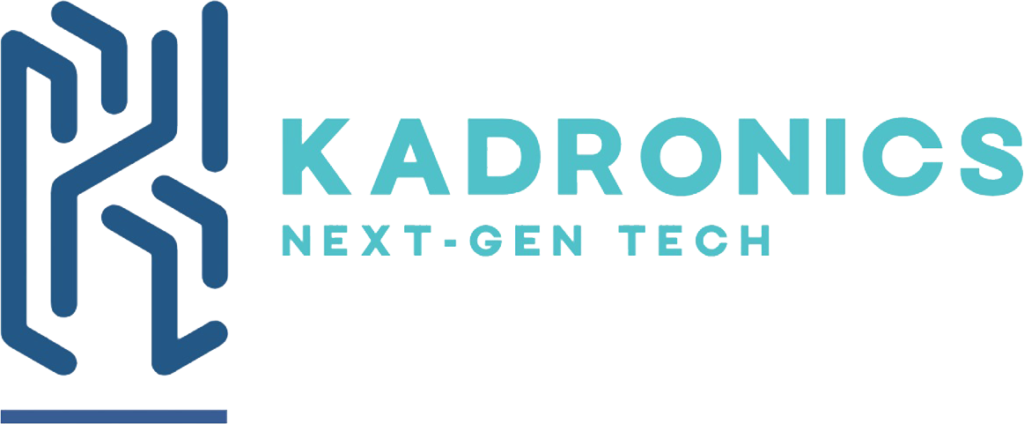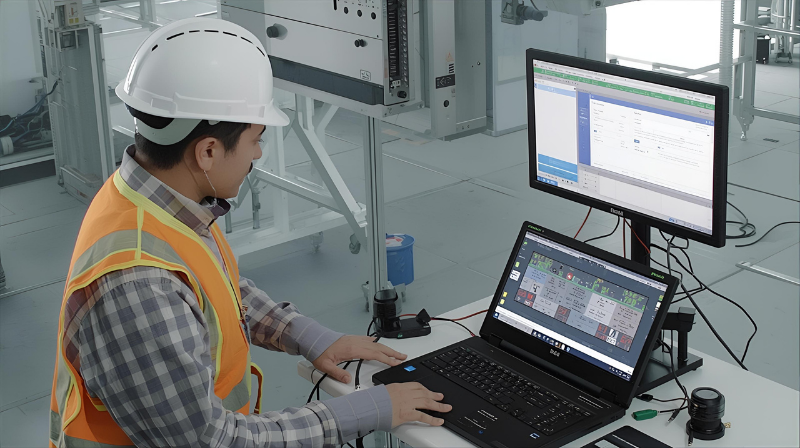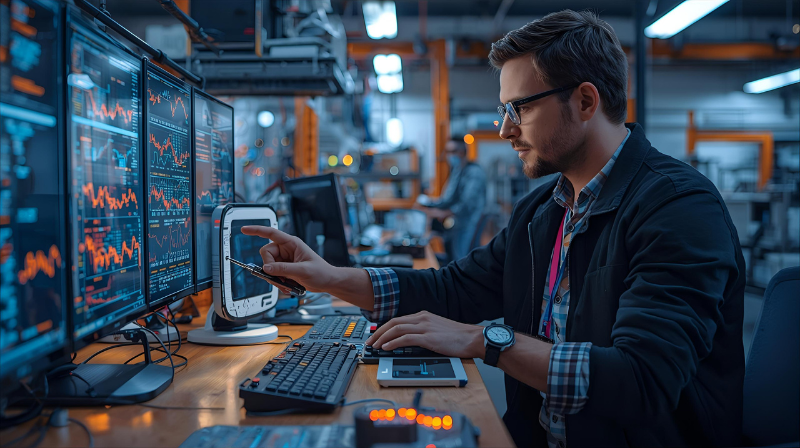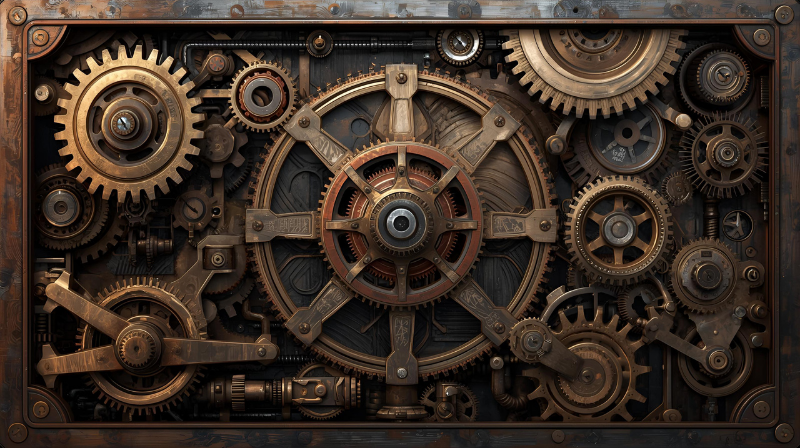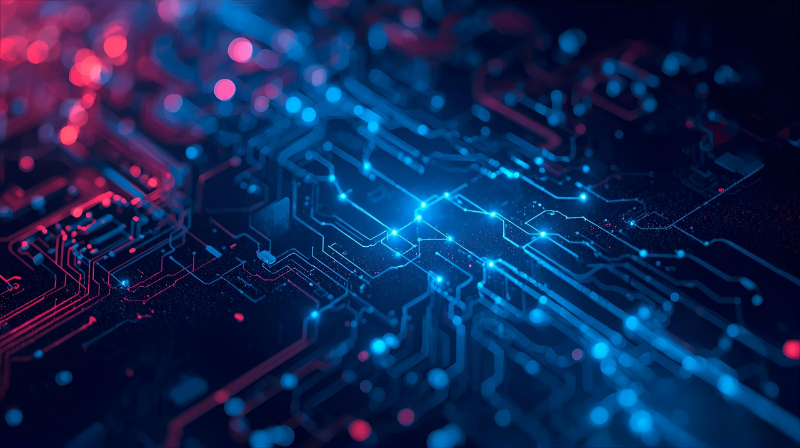Sensors are the silent nerves of our technological world. They are the invisible eyes, ears, and fingertips of every smart system, from the thermostat in your home to the complex navigation system on a commercial airliner. They translate the physical world—temperature, pressure, proximity, light—into the digital language of ones and zeros. The entire magnificent structure of automation and data-driven decision-making is built on one simple premise: that the data these sensors provide is accurate.
But what if it isn’t? What if a pressure sensor is miscalibrated and reads 10 PSI high? What if a temperature sensor is off by just two degrees? The consequences can be disastrous. An engine could overheat, a chemical reaction could become unstable, an aircraft could misjudge its altitude. This is why the final test a sensor undergoes is so critical. You have to trust your sensors, but only after you have ruthlessly verified their accuracy.
The Challenge of Mass-Produced Precision
Manufacturing sensors is a marvel of precision engineering, but it’s a process that happens at a massive scale. Millions of units roll off production lines, and despite incredible process control, tiny, imperceptible variations are inevitable. A microscopic imperfection in a silicon wafer or a slight variation in the chemical composition of a sensing element can lead to a device that “works” but gives the wrong answer.
Finding these subtle inaccuracies requires more than a simple pass/fail check. It requires a sophisticated, end-of-line process using Automated Sensor Testers. These systems are designed to:
- Calibrate: Compare the sensor’s output against a known, highly accurate reference standard (a “golden” source of truth) and adjust the sensor’s internal settings to ensure its readings are correct across its entire operational range.
- Verify: Subject the sensor to a range of simulated conditions—like varying temperatures or pressures—to confirm that its response is linear, repeatable, and stable.
- Characterize: Log the performance data for every single sensor, creating a traceable record of its quality and ensuring it meets the exact specifications required by the customer.
The Gold Standard of Measurement
The entire concept of sensor testing relies on traceability back to a recognized standard. Organizations like the National Institute of Standards and Technology (NIST) in the US are responsible for establishing and maintaining these ultimate reference standards. The instruments used within an automated sensor tester are themselves calibrated against standards that are traceable back to these national and international references, creating an unbroken chain of measurement certainty.
Why Automation is Key
Attempting to manually test and calibrate modern sensors is not only slow and expensive but also prone to human error. An automated test system provides the speed, repeatability, and data integrity that is essential for modern manufacturing.
- Consistency: An automated system performs the exact same test, under the exact same conditions, for every single unit, eliminating the variables that come with human intervention.
- Throughput: Automated testers can perform a full suite of complex tests in a matter of seconds, keeping pace with high-volume production lines.
- Data Logging: Every test result is automatically logged and associated with the sensor’s unique serial number. This data is invaluable for process control and for proving the quality of your products to customers.
Building these sophisticated test solutions is a complex service that blends precision hardware with intelligent software. It is the unseen but essential final step that turns a simple sensing element into a trusted and reliable source of data, ensuring that the nerves of our technological world are telling the truth.
